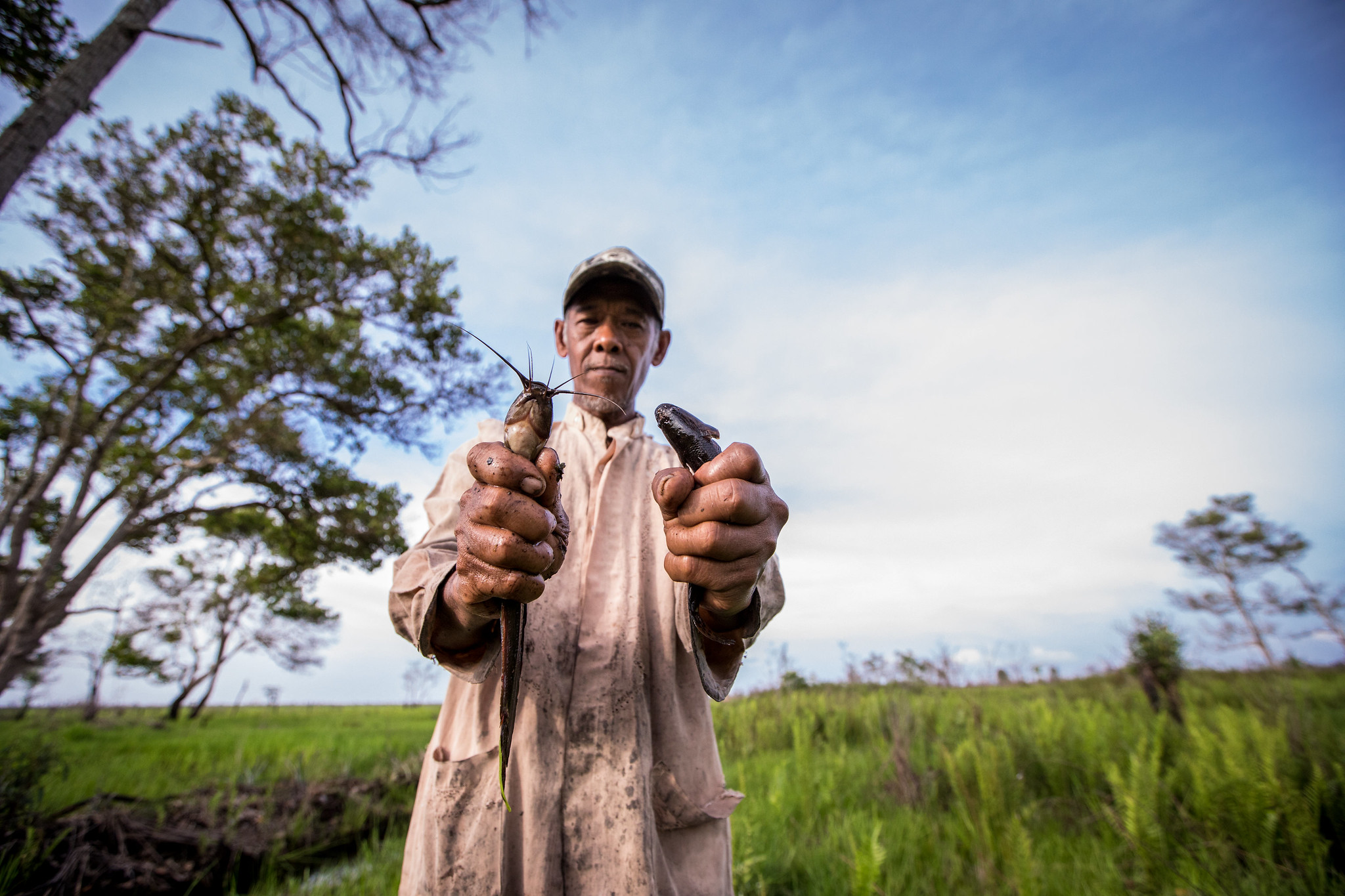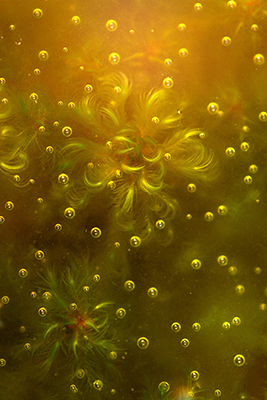Participants crossed the Pacific Ocean, arriving in Peru, where Gabriel Quijandría Acosta, vice minister for strategic development of natural resources, shared ways that his country’s peatlands represent cultural and economic cornerstones. “In all three geographic zones –Amazonian, Andean and coastal– peatlands are a fundamental part of the identity and culture of the people who live there,” he said. “So, how do we promote the conservation of the peatlands just as they are, and make the most of the resources that the peatlands themselves generate?” He cited several examples, such as an initiative whereby local communities are partnering with a juice company to sell aguaje fruit from palms (Mauritia flexuosa) that grow abundantly in peatlands there.

The Devil’s bit Scabious (Succisa pratensis) flower blooms in the Autumn and is a godsend to insects in this late season. This Birch shieldbug (Elasmostethus interstinctus) heavily covered in morning dew appeared like it was encrusted with jewels as it fed on the flower. Photo by Tina Claffey
Moving south to Patagonia, Kristine Tompkins, president of Tompkins Conservation and U.N. Patron of Protected Areas, shared her experiences creating protected areas and advocating for peatland protection in Argentina’s Peninsula Mitre. The peninsula houses vast expanses of intact “cushion peat bog” characterized by soft carpets of the Astelia pumila, a vascular plant that absorbs over four times the amount of carbon than other types. “When you think about it, their contribution is so massive that peatlands merit immediate and permanent protection,” she said.
Tompkins made an impassioned call to ramp up global peatland protection. “It’s time for natural climate solutions to join mainstream policy,” she said. “We may start by protecting the places we know and love. But it’s time that we defend the wild places and become vocal advocates for peatlands. The future of all life depends on it.”












